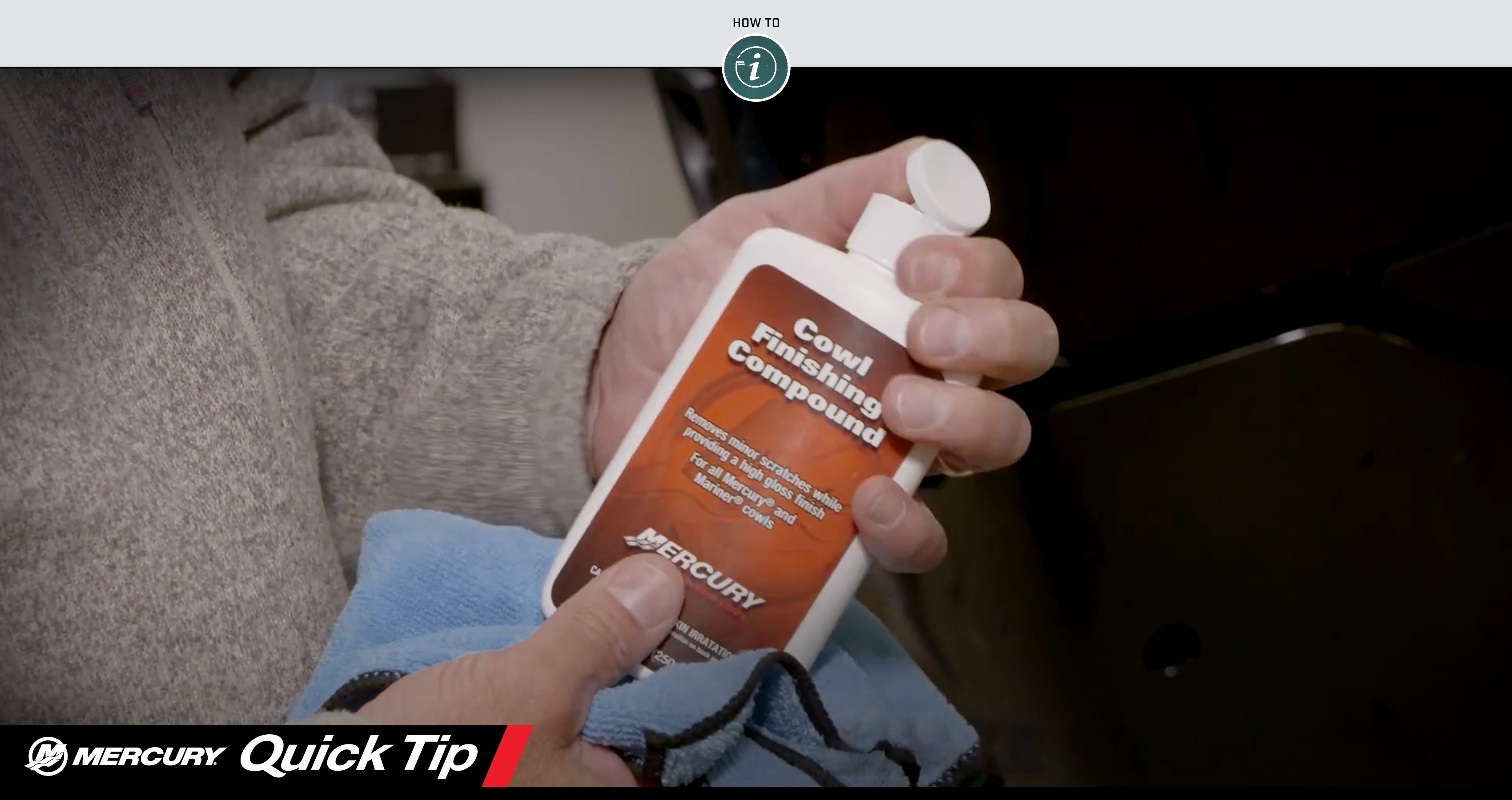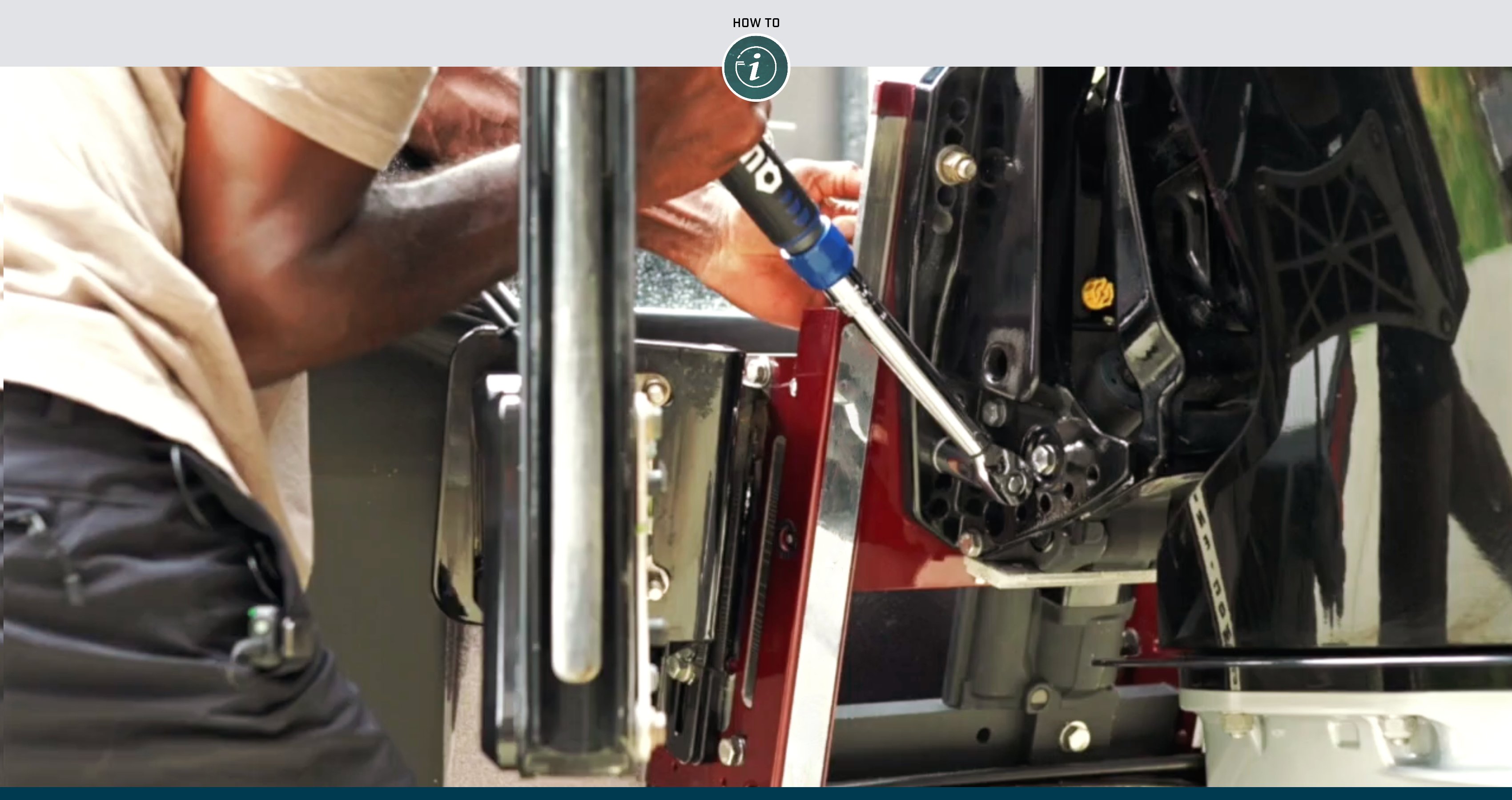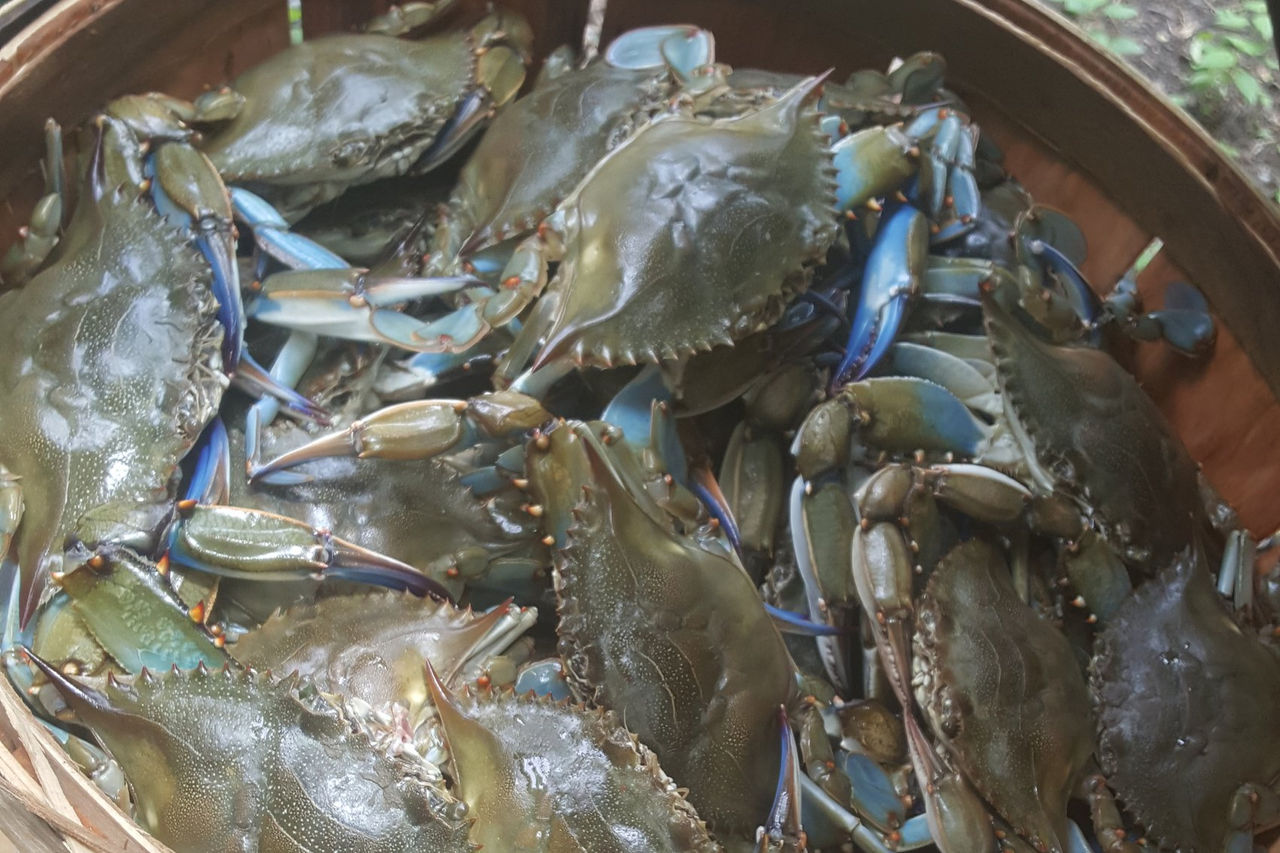Looking for a new adventure that will have the kids grinning from ear to ear — and will result in one of the most fabulous feasts on the face of the planet? Then it’s time to think about going crabbing. Catching a basketful of these crazy-looking, claw-snapping critters is tremendous fun, and the steamed crab meal that follows your day on the water will make for an epic meal. On top of that, catching crabs isn’t very complex and you can gather them in great numbers in coastal bays and estuaries up and down the coast. Here are the main methods of crabbing:
- Crabbing with line
- Crabbing with pull traps
Please note: The regulations governing crabbing vary from state to state, and you may be required to buy a license and/or limited in what methods and equipment you can use. Please check your state’s Department of Natural Resources website to find out the specifics for your state.
Crabbing with Line
This is the simplest, easiest way to crab, and it requires the lowest investment. On the other hand, it usually offers the lowest return and more often results in a snack than a feast. Simply anchor your boat in a quiet cove, take some braided line or strong, thin cord cut into 10-foot lengths, tie some chicken bait (available at butcher shops, bait stores or online) to the ends, and lower them down to the bottom in five or six feet of water. When a crab starts tugging – you’ll know because the chicken neck will seem to magically levitate up off the bottom and the line gets stretched out – pull it very slowly to the surface. As soon as the crab is visible, scoop it up with a net.
Crabbing with Pull Traps
Crabbing with pull traps is also quite simple, though you will need to arm yourself with a half-dozen or more traps rigged with lines and floats. These traps have sides that lay open when you drop them to the bottom, but swing closed when you tug on the line. They can be baited with chicken necks (crabs seem to love them for some reason), small mesh bags of smashed razor clam, or the head of a fish carcass.
Most crab trappers will set out 10 or 12 traps in a line, going down a drop-off or underwater point from just a few feet of water into 12 to 14 feet of depth. After letting the traps soak for a half-hour to an hour, they “run the line” of traps, driving their boat up to the floats, grabbing them, and hauling the traps up one after the next. When a crab or two shows up in a trap, the depth is noted. Then other traps that aren’t productive can be pulled into the boat and re-dropped in the depth range where the crabs are located.
Tips for More Successful Crabbing
- Always try different depths until you locate the crabs, and remember that the hot depth is likely to change as the tide changes. Three to 15 feet is normally the productive range.
- Crabs usually move shallower during a flood tide, and deeper during an ebbing tide.
- Crabbing is often best during the early morning hours, and when there’s a moving current. Slack tides during the midday hours can be a slow time for crabbing.
- When chicken necking, if you see crabs dropping off your baits just before you can scoop them, try pulling in the line slower.
- Different states have different catch limits, minimum sizes, gear restrictions, and regulations regarding the harvest of male versus female crabs. Always check the local regs, before you go crabbing.
Traditional Maryland-style Steamed Crab Recipe
This method of steaming crabs is a family recipe from Chestertown, on the Eastern Shore of Maryland, where crabs are king. It dates back to the mid-1940s:
Spice Mix Ingredients:
- 2 cups Old Bay seasoning
- 2 cups kosher salt
- 4 tablespoons powdered mustard
- 4 tablespoons mustard seed
- 2 tablespoons celery seed
Pour 12 to 18 ounces of water and an equal amount of apple cider vinegar into a steam pot. Bring it to a rolling boil. One person then drops in the crabs while a second person liberally shovels spoonful after spoonful of the above spice mix onto the crabs. Put the top on the pot and steam the crabs for 20 minutes.




